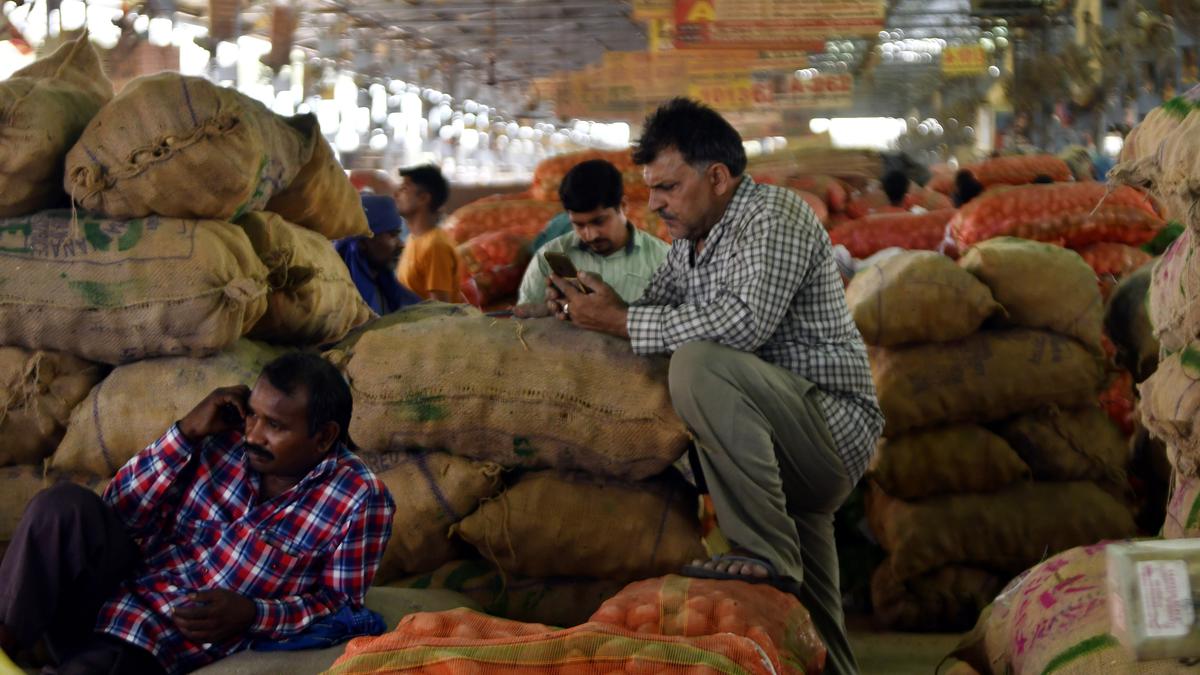Rural retail inflation in 23 States/UTs higher than urban
Retail inflation, based on the December consumer price index, was the highest in two Northeast states. While Mizoram had the highest retail inflation rate at 13.94 per cent, Tripura saw the highest urban inflation rate at 10.43 per cent.
According to data from the Ministry of Statistics, a total of 23 states and union territories have shown a high rate of rural inflation. Among the large states, Telangana, Madhya Pradesh, Uttar Pradesh, Haryana and Punjab are experiencing high rates of rural inflation. It is worth noting that four of these five countries are highly dependent on the plantation sector.
The trap of poverty and debt
Manisha Malhotra, Associate Professor, Department of Economics, Banaras Hindu University, said the main reason for higher retail inflation in rural areas is the higher weight of food and beverage components in the rural CPI basket (54.18 per cent). This is only 36.29 percent in the urban basket.
“The assumption is that rural Indians spend a larger portion of their income on food items. This means that the prices of food, beverages, milk and milk products are higher in rural areas than in urban areas; hence, it will have a direct impact on poverty. This will force rural people to Falling into poverty and debt.
Anil Kumar Sood, professor and co-founder of the Institute for Advanced Study in Complex Choices, said that if rural inflation results in rural households getting better prices for their products and higher wages for their work, this is expected to have a positive impact on economic growth in rural areas. However, this is not the case.
“For example, the rise in the price of milk is driven by the increase in input costs, which in turn is driven by the shortage of feed and the increase in fuel prices. Similarly, the increase in the price of clothing, shoes and personal care products negatively affects purchasing power in rural areas.
damage to the economy
The pandemic has also exacerbated the scenario through reverse migration and increased mass unemployment in rural areas, Malhotra said, adding that this will increase rural indebtedness with increased consumption of essential staple foods.
“We expect higher inflation in rural areas to hurt the rural economy, as pricing power is not in the hands of rural households,” Sood said.
